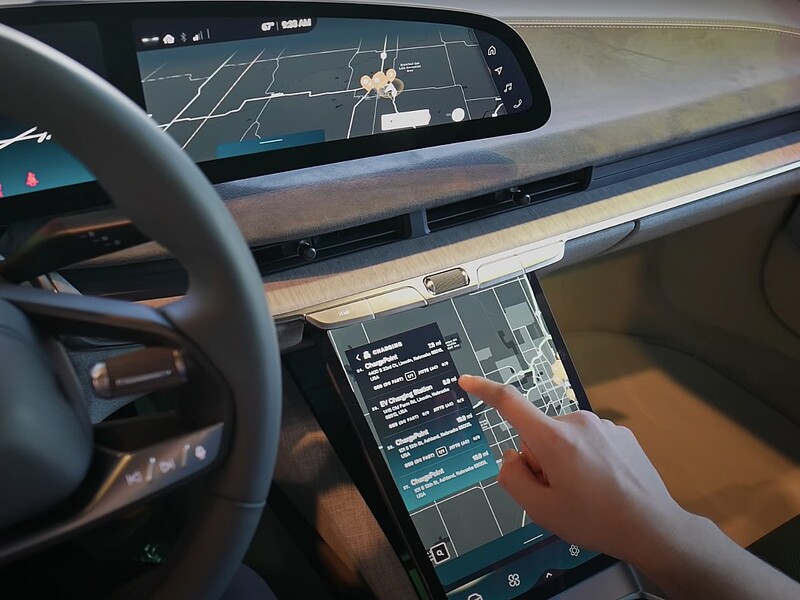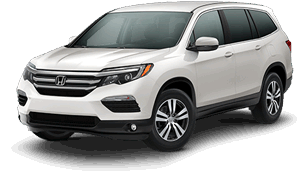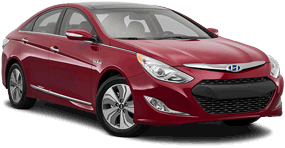Car touchscreens are an ever-growing reality when it comes to infotainment and operating the essential functions in your vehicle, but as the technology advances, so does its ability to distract drivers from, well, driving. If the vast majority of a car's controls such as climate, audio, smartphone communication, seat controls, lights, and navigation are all performed through the touchscreen, then that means the driver has to spend more time looking at the screen rather than the road ahead, and it's an increasing problem in the automotive industry with no end in sight.

The tsunami of infotainment touchscreens has actually been more of a slow-rising swell that has only recently really become a "controls all" type of system. Back in 2001, when I purchased a BMW 325Ci, it was my "affordable" dream car. It didn't even have Bluetooth, much less anything resembling a touchscreen. Every control was a button, knob, or switch. It wasn't until the 2010s that infotainment screens started showing up in mainstream vehicles. As technology advances, more carmakers are eliminating physical knobs, buttons, and switches in favor of touchscreen controls, and it's not all good news.
What is an Infotainment Touchscreen?

If you don't own a vehicle with an infotainment screen, then you've probably got a vehicle that's older than 2015. If your car is one that predominantly uses physical controls for vehicle functions, you're actually better off in terms of safety in this regard than if you were operating a mostly touchscreen-operated vehicle. Technically speaking, these touchscreens are known as in-vehicle infotainment (IVI) systems that incorporate controls for music playback, entertainment apps, navigation (and map data), climate, and hands-free phone usage. Everything is getting consolidated. Here are some of the vehicle functions touchscreens can manage in 2023:
- Climate controls
- Audio source, volume, and adjustment, Bluetooth streaming
- Telephone
- Seat heat, ventilation, position adjustment, massage
- Wipers
- Navigation
- Interior/ambient lighting
- Apps
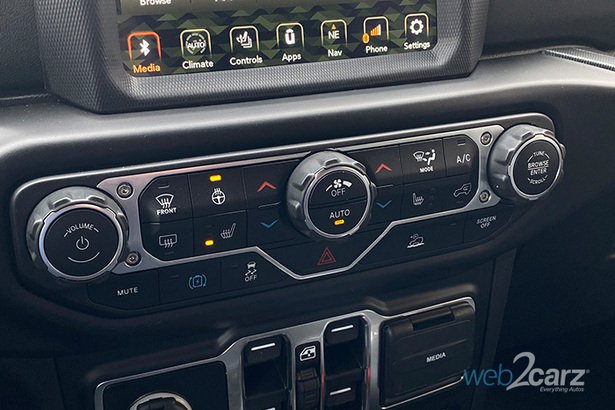
Whereas older cars used what's known as switchgear, or the physical buttons, knobs, and switches for vehicle operations such as lights, windscreen wipers, heating and air conditioning, driving modes, etc.), the preponderance of new cars use the touchscreen to operate most, if not all, of the major vehicle functions aside from the actual driving. Thankfully, many vehicles at least have redundant physical controls, but that's changing, as well.
Data Supports the Dangers of Touchscreen Controls
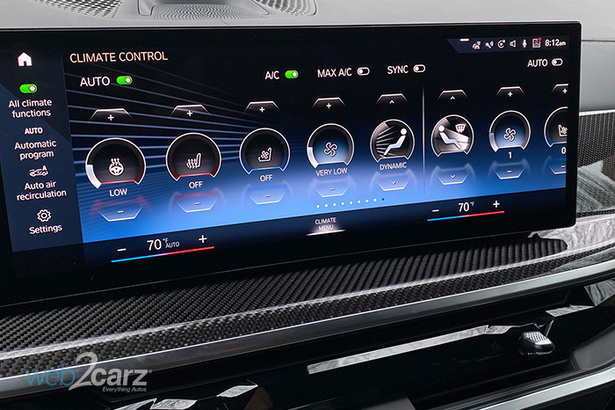
Most cars don't have massive screens, but all of that will change over time. If you go for more expensive vehicles, you'll notice that screen sizes are only growing in size and complexity. Even if all of the car controls aren't isolated to just the screen, a large and vivid display can be totally distracting and tempting to look at and mess with when you're driving. Back in the day when there was no screen, there was little to gawk at in the car and drivers could keep their eyes on the road. You would change the temperature or adjust the music with physical controls, and that's as good as it would ever get.

Touchscreens are becoming pervasive at every price point in the industry because car designers are aiming for minimalism that virtually eliminates buttons, knobs, dials, and switches and replaces them with a big touchscreen. Buyers expect them, even on very affordable models. In fact, we can't think of a single new car sold today that doesn't have some kind of infotainment screen. Even the cheapest car in America right now, the Mitsubishi Mirage, has one (photo below).

Fancier touchscreens look amazing, especially larger units that are housed in a big frame that also incorporates the digital instrument cluster. Touchscreens certainly help declutter vehicles, providing more space for storage, as well as giving the car a more attractive interior design, but at what price? Are you actually putting you and yours at risk by driving a car that performs most of its functions through flat touchscreen that has no buttons or knobs?
Swedish publication Vi Bilägare published a fascinating study that shows the difference between traditional physical buttons and a car touchscreen when performing basic vehicle operations. They tested modern vehicles with touchscreen controls against an old 2005 Volvo V70 that had no touchscreen. The results were quite surprising. You would think that a modern vehicle would be easier to operate, but the opposite is true.
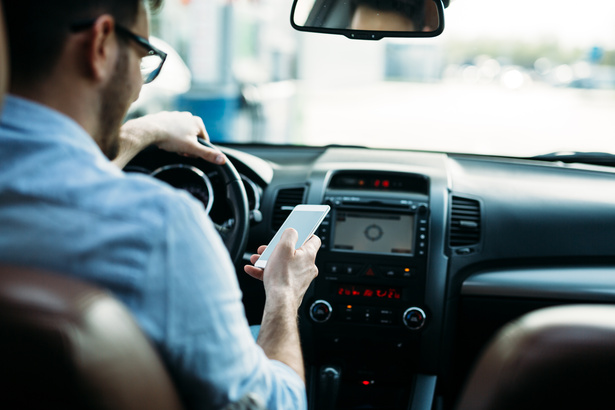
Vi Bilägare tested drivers of twelve vehicles and timed the execution of four vehicular tasks while driving at a speed of 68 mph. They found that across a wide swath of modern cars (when compared to the 2005 Volvo), the time required to perform the tasks was shocking. The Volvo took 10 seconds to perform all four tasks (traveling 1,004 feet at 68 mph in the process), while the modern touchscreen-enabled vehicles took significantly longer. One EV (Chinese-built MG Marvel R) took an astounding 44.6 seconds to complete all four tasks and traveled over 4,500 feet in the process, four times longer than the old Volvo. The remaining nine vehicles performed better than the MG, but none of the modern vehicles beat the 2005 Volvo V70. That should be enough of a warning.
The average time a driver looks away from the road while driving is about 5 seconds, but the National Highway Transportation Safety Administration (NHTSA) advises that drivers look away from the road for no more than two seconds. While that bodes well for those who drive cars with mostly physical controls and use their muscle memory (e.g., using a large audio knob to increase the volume without looking at it), you have to look away from the road to use a touchscreen. When seen through the filter of Vi Bilägare's data, the time required to perform functions on a touchscreen is pretty much unacceptable.
Some Exceptions
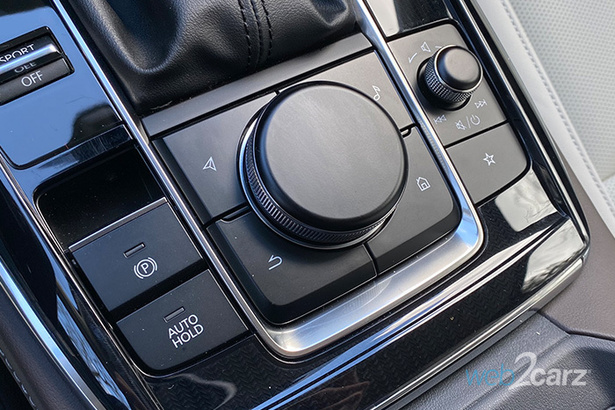
Everyone has to accept the fact that touchscreens are not going away. In fact, they're taking on even more vehicle functions and becoming more complex in the process. There are some rare exceptions in vehicles that use screens without any touch functions. The current Mazda CX-30, which debuted as recently as 2020, has a vivid screen atop the dash, but it can only be used via the Command knob controller between the seats. The hand falls naturally to its location, and it's very intuitive to use. That said, you still have to look at the screen to know what you're selecting.
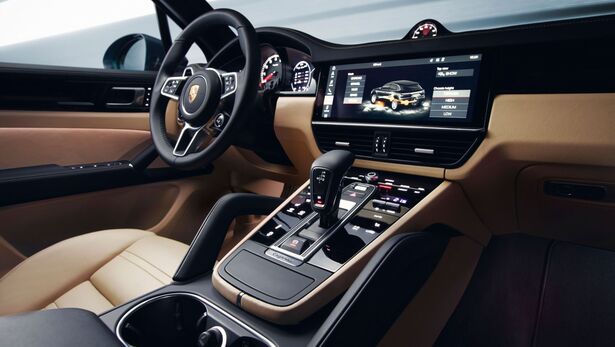
Porsche has actually gone a bit backward by removing its climate control functions from the touchscreen of every 2024 Cayenne SUV (photo above). The climate controls are now located on the center console adjacent to the shift knob. Of course, many functions are still on the touchscreen, but it's clear evidence of a car manufacturer that's trying to stem the tide of touchscreen-only controls.
There are some other factors that can help mitigate matters. One is a touchscreen system's responsiveness to inputs. If there's any appreciable lag in response to, say, a temperature adjustment, it will take that much longer to get the desired outcome. Compound that with multiple commands, and you have a recipe for added delays and lengthened reaction times.

Furthermore, if a touchscreen's location lower on the dash requires your eyes to travel a longer distance, that adds time, as does the distance from your seating position. If you have to lean or reach out further than is natural, it lengthens the time required to perform a function. On top of that, the complexity and legibility of an infotainment system's menu can change things. If it takes longer to read or figure out which function you want, that compromises safety. The simpler, the more responsive, and the better-located the screen is, the less distracting it can be.
When car shopping, it's vital to test the infotainment system and its controls before purchasing. Do your research on the best systems, and evaluate the physical controls in the vehicle, as well. Don't be drawn by fancy technology that looks great but has a tendency to distract you from driving safely. Look for systems that are responsive, easy to read, and well-located. Also, look for great physical controls, especially for climate and audio, two functions that are accessed the most.
